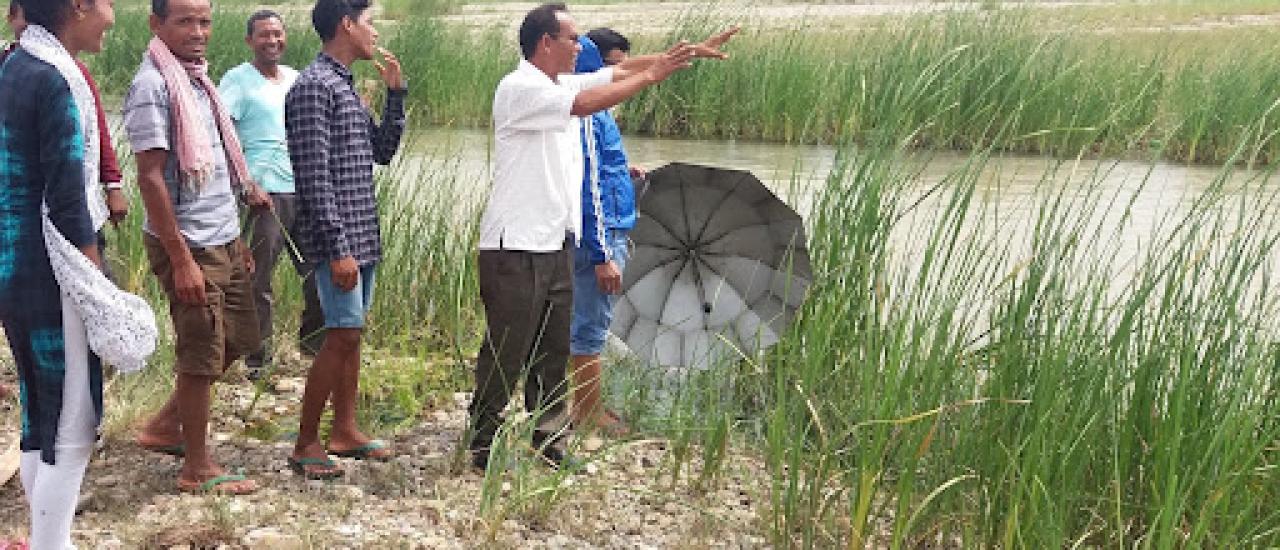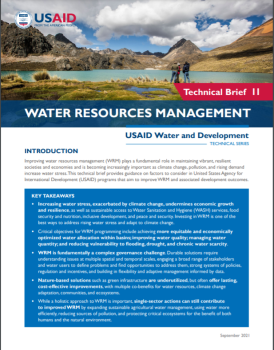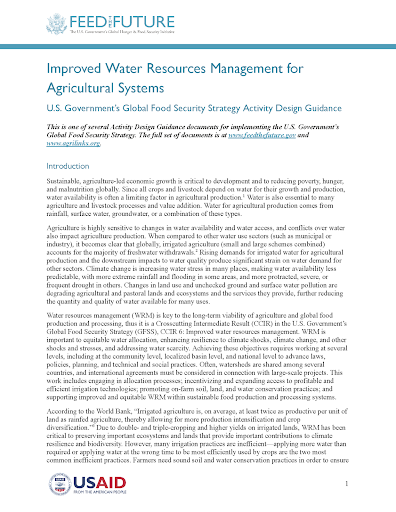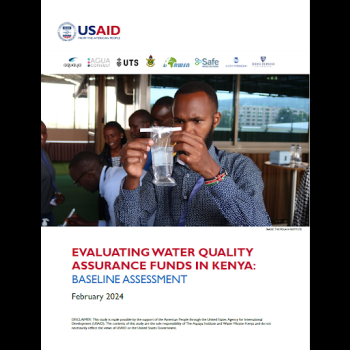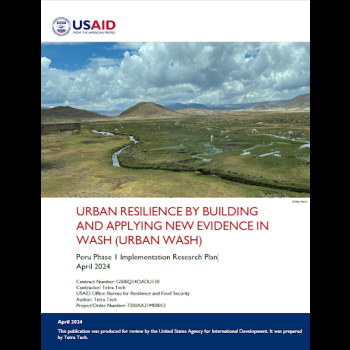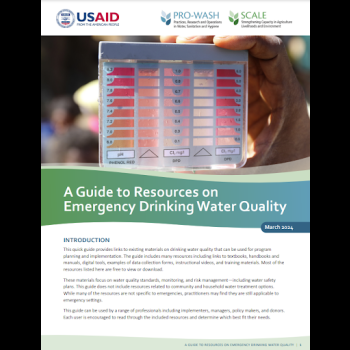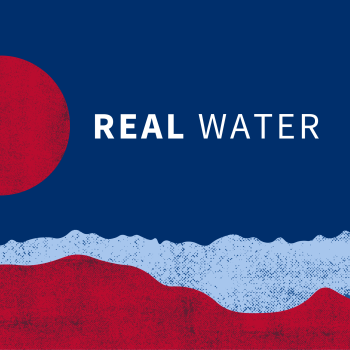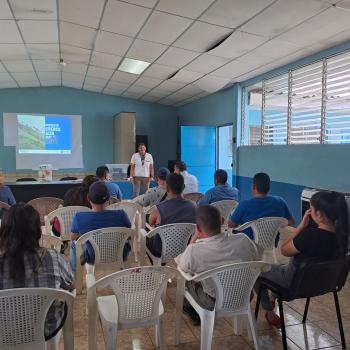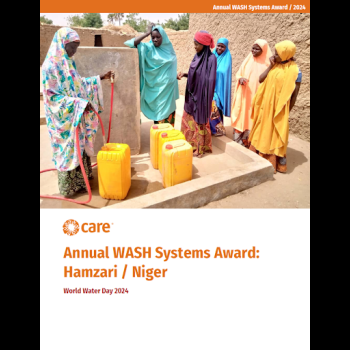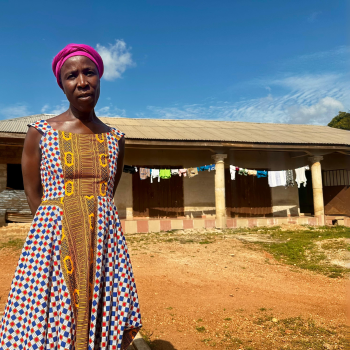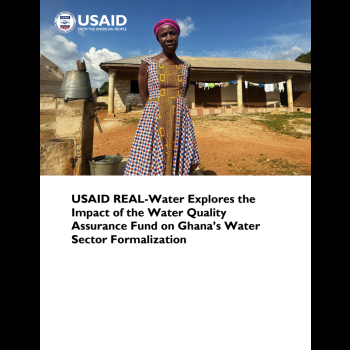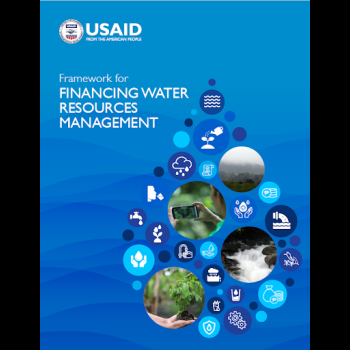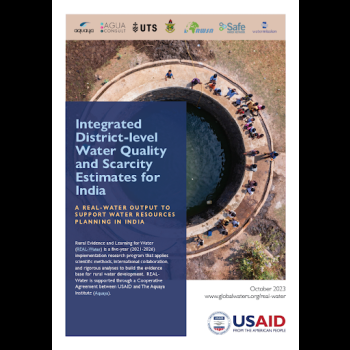WATER RESOURCES MANAGEMENT
Alignment with the U.S. Global Water Strategy
This topic aligns with Strategic Objective 3 in the U.S. Global Water Strategy: Improve Climate-Resilient Conservation and Management of Freshwater Resources and Associated Ecosystems
Key Resources
Context
Climate change has increased the frequency and severity of extreme hydrologic events such as floods and droughts, and has aggravated water stress caused by poor water governance and increased demand for water. Degraded watersheds are increasingly common, limiting the ability of natural systems to buffer the impacts of increased water extraction, climate change, and pollution. Rising water stress is a significant drag on economic growth and disproportionately affects low-income people and marginalized groups by compromising livelihoods, health, and food security. Water insecurity destabilizes food systems by increasing the risk of famine, competition over resources, and threats to fragile ecosystems and biodiversity through the expansion of agriculture into new geographies.
USAID WASH Lead Marisel Allende discusses Strategic Objective 3 in the Peruvian context
Effective water resources management that supports broad-based economic growth, improves equity, and enhances climate resilience involves understanding available water resources and developing systems or plans to govern how to allocate those resources across users within and between basins. Many critical basins lack comprehensive or efficient water management and allocation plans. Where such plans have been developed, current water supply and quality are rarely sufficient to sustainably meet the competing needs of all users, future changes in demand and climate are not taken into account, or laws and related plans are not being implemented or enforced.
Activities that improve water storage and moderate water flow or availability over time greatly enhance the success and resilience of water management strategies. These benefits can also extend to other development objectives, such as biodiversity conservation, improved public health, and greenhouse gas mitigation.
USAID’s Approach
Allocate and use water resources more equitably and efficiently.
USAID works to advance more sustainable and holistic use of water resources and more equitable, robust water resource planning and allocation of water across users and ecosystems within or between river basins (including transboundary basins).
Enhance reliability and quality of water resources through watershed management, including protection, restoration, and nature-based solutions.
USAID works within watersheds to promote the design and implementation of actions that enhance water storage and groundwater recharge, improve water quality and reduce the cost of water treatment, restore and maintain river flow and enhance resilience to floods and droughts, and increase water-related ecosystem services.
Improve the climate resilience of water resources management.
USAID works to increase preparedness and reduce vulnerability to flooding, drought, and other water-related events such as hurricanes and extreme monsoons.
Read more under Strategic Objective 2 in the U.S. Global Water Strategy.
Related Stories
- Building Resilience into a River Basin (Southern Africa)
- Strengthening Drought Monitoring Across the Middle East and North Africa
- Going beyond taps and toilets in the Sahel (Burkina Faso and Niger)
- Invisible yet Incredible: Groundwater
Related Activities
Western Kenya Water Project (WKWP)
Kenya
2022 - 2027
Rural Evidence and Learning for Water (REAL-WATER)
Global
2021 - 2026
Maji na Usafi wa Mazingira (MUM) Activity
Tanzania
2021 - 2026
Karnali Water Activity
Nepal
2021 - 2026
Regional Water and Vulnerable Environment Activity
Central Asia
2020 - 2025
Safe Water Project
Philippines
2019 - 2024


